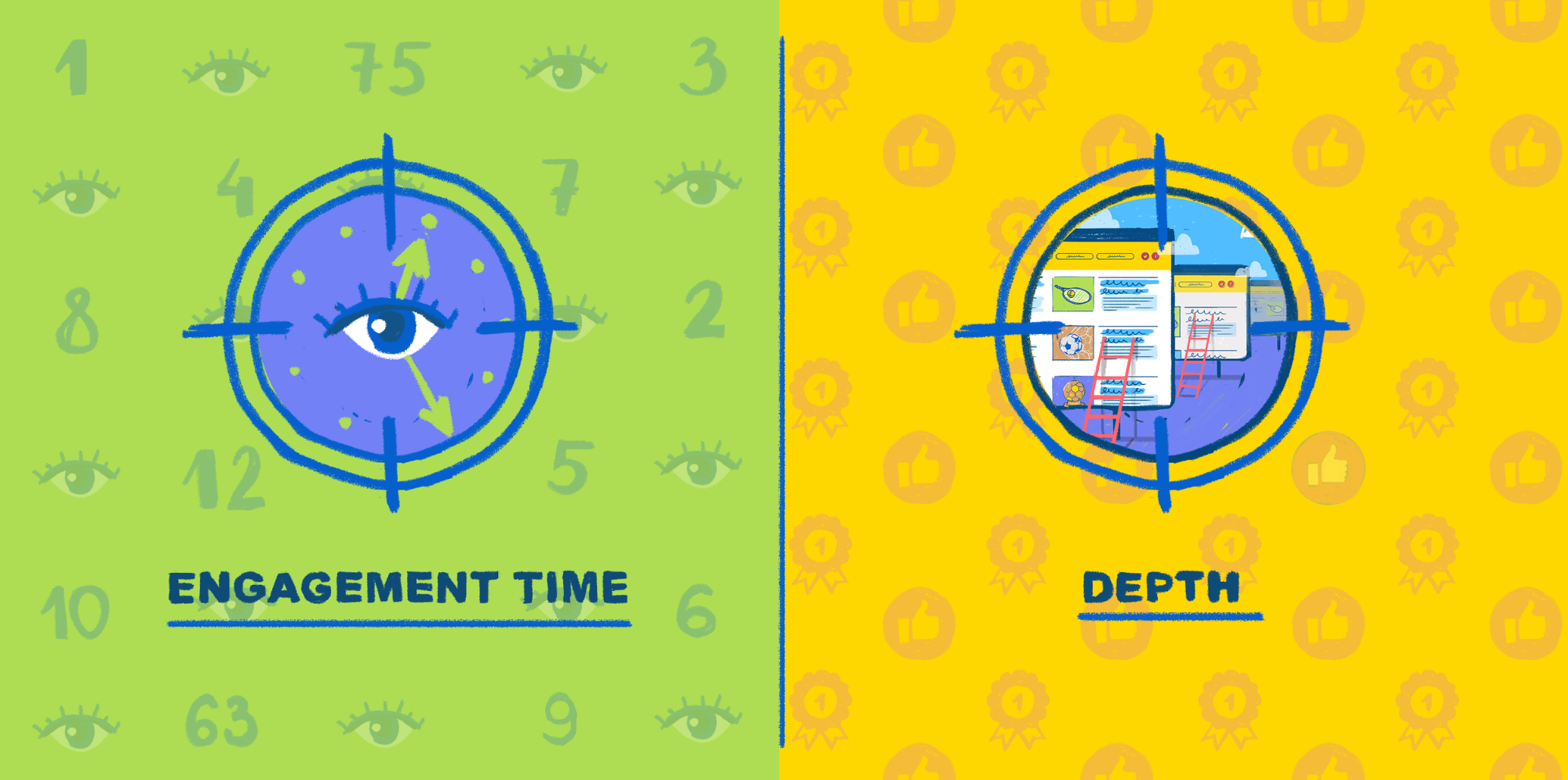The following piece is a guest post, and does not necessarily reflect the views of this publication. Read more about MediaShift guest posts here.
Data-driven teams focused on publishing great content and growing their business always need to be asking how they can maximize their potential.
One metric that digital leaders sometimes overlook is depth. Depth is the number of pages users go through on average per visit and it’s a primary indicator of the quality of your news product and the interestingness of your content to your readers. Depth gives editorial teams insight into both how they can maintain their current audience and subsequently attract new ones.
Depth, like recirculation, is also a measure of loyalty. Unlike pageviews, which may well tell where your audience is today, loyalty metrics can be used to project growth, evaluate new features, and guide editorial efforts. That’s why depth is worth, well, going deeper on.
Calculating the Depth Metric
A high depth rate generally means your readers find your content engaging and want to consume more. They are choosing to give you their time and attention. But when the depth rate is low, it’s a sign your content can probably do with some improvement.
This is one reason why depth is important. It allows you to accurately map the potential of your content to generate increase page views, rather than just telling you how many views you’ve already racked up.

If your editorial team has incorporated data analysis into their daily workflow it will be easy for them to monitor their depth rate.
You can even include depth rate on your editorial analytics dashboard. It’s also a good idea to alter the parameters of your search, say from one day to one week, then 30 days etc, to give as broad as possible understanding of your data and not overlearn lessons from a short window of time.
Improving your depth rate can be relatively simple to get started.
Hopefully, you already check your front page regularly, so make sure you consider depth while doing so. If your top placed articles aren’t getting many clicks, switch them with better-performing articles as articles with high depth rates will keep your readers hooked for longer.
Check your articles’ recirculation rate too. This is the percentage of users who visit another page of your website after they finish reading their first article. If an article has low recirculation your depth will drop, so improve recirculation by adding cross-links and articles on related topics to your “read more” blocks, prioritizing your most popular articles.
Depth vs engagement time: Which is better?
Some analytical tool systems don’t focus on depth but rather engagement time, i.e., the specific amount of time users spend on a given page or website.
Engagement time is great at giving you the total number of views but it doesn’t tell you anything about from whom those views are coming from.

Your audience could be completely hooked on your content, or they might have left a video playing while they went for coffee, you just don’t know. If you’re only looking at engagement time, you can end up with only a partial understanding of your readers.
Depth tells you something more. It is a measure of how active your audience really is. Do they want to click on more content after they’ve finished reading their first article? Are they interested in clicking on your links? If they came in through your homepage, how well did it grab them?
Simply put, depth is a quantitative measure of real human behavior.
Engagement or depth alone won’t give you or your team all the answers. Successful, data-driven teams know how to use all the analytical tools at their disposal in order to achieve growth and success.
Andrew Sweeney works at .io technologies, a digital analytics company that provides tools and services for publishers and e-commerce.
All images courtesy of the author.



